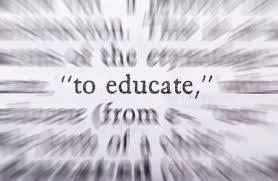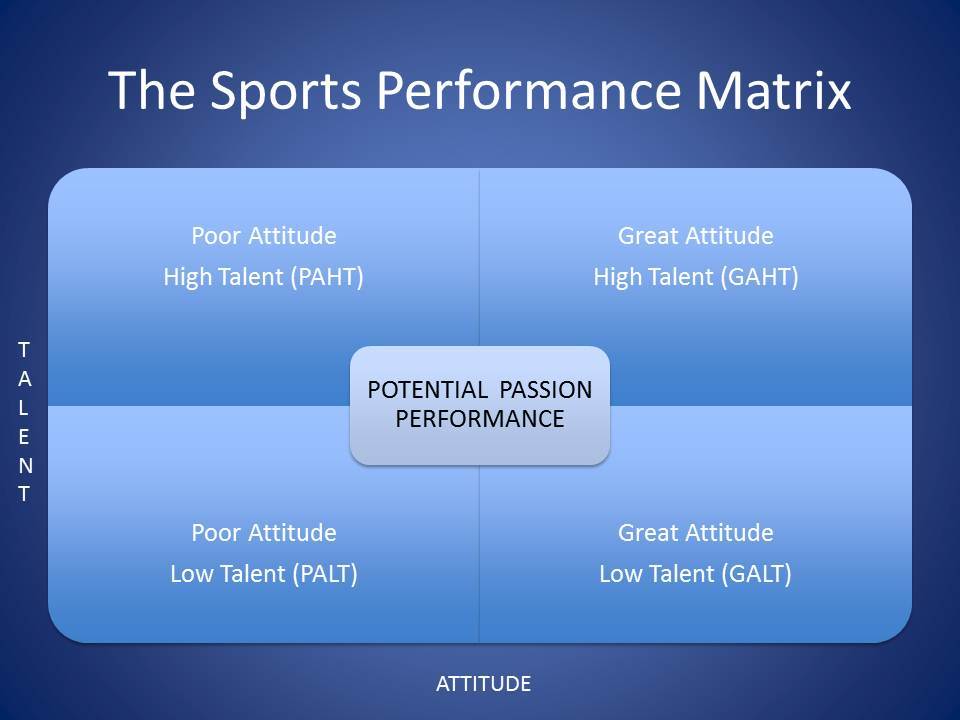Sports Science and Coaching: Bridging the Gap.

Sports Science and Coaching.
I have been to hundreds of coaching courses, coaching workshops, coaching conferences and coaching seminars. Invariably, the course convener invites a guest speaker with a specialist sports science background to talk about physiology, biomechanics, nutrition, psychology or another sports performance topic and to try and connect sports science and coaching.
And, in all of the hundreds of courses, workshops, conferences and seminars I have attended, I have seen the same mistakes being made by the guest speakers.
For sport to progress, it is important that sports science and coaching evolve closer together so I decided to do something about it.
The problem stems from the differences between the “two worlds” – the sports science world and the coaching world.
In the sports science world things are based on facts, research, validity and reliability measures, measurement, accuracy and evidence. It is often referred as a world of “evidence based practice”, i.e. what does the peer reviewed research suggest may work.
In the coaching world the key focus areas are results, performance, communication, instinct and “feel” – the art of coaching. This world is focused on “practiced based evidence”, i.e. what do we know from experience that works.
It is vital that the two worlds come together – sports science and coaching – and share ideas and information but it just as vital that the two groups communicate appropriately and effectively.
First seek to understand – then to be understood.
Here are the Ten Golden Rules about Presenting Sports Science Information to Coaches:
- Never Apologise in advance (particularly about the presentation being too technical). Often the expert’s first words will be “Listen I am sorry about how technical this presentation will be today”. Bad move. Apologising at the beginning means you didn’t prepare properly for the audience’s needs and are just going through your standard, generic industry presentation on the topic. Do your homework.
- Keep jargon down to a minimum. All industries have their share of jargon. Sports science is no different. Keep it down to a minimum. And don’t apologise for using it!
- Join the PAPPP – People Against Pointless PowerPoint Presentations. We all love PowerPoint because it is the lazy, easy, convenient way to present information. It’s great when you are busy and have limited time to prepare. But..PowerPoint is beginning to outlive it’s usefulness in the coaching education area. Coaches are communicators and want to be communicated with – not “Powerpointed” at.
- Following on from the PAPPP – talk to the people: not to the slides. Another major mistake is presenters talking to their slides and not to the people in the audience. The slides are an addition to the presentation – not the whole thing. They supplement your ideas and information with graphics and colour etc – but YOU are the presentation. Guess what? You can actually turn off the projector sometimes – it does have an off button- and just talk to people.
- Keep background, historical information to a minimum – A real mistake. Because sports science has a convention of doing research reviews and referencing the work that has been in the past, presenters feel the need to take the coaches through the 100 year history of the topic. Coaches are not interested! Get to the point and discuss your views about what’s useful and practical now and what can enhance performance in the future.
- Don’t dumb down – coaches are not dumb. Some coaches will have sports science backgrounds themselves. Others have PhD’s from 20 years of learning hard lessons and are deserving of your respect. Do not dumb down your information – frame it and present in such a way as it adds value to the coaches program.
- Avoid inconclusives like “I think” – Again a legacy of the scientific world where things need to be proven to 0.05 and to reliability and validity conventions before being publicly presented. You are the expert. Present the information with confidence, certainty and strength. A coaches interpretation of “I think” is “I am not sure, I don’t really know”. It also indicates a lack of confidence in yourself and what you are saying.
- Don’t defer to colleagues or people in the audience– An annoying habit that many presenters fall into. Do not defer to colleagues in the audience. Their time to present will come. You have been asked to connect sports science and coaching: to bridge the gap between your world as a sports scientists and the audience’s world as coaches. What you are saying by deferring to a colleague in the audience is “I am not totally confident about this so I will get the support of someone in the audience who might know more than me”. It also shows a lack of self confidence.
- Keep it to time – Everyone is passionate about their own topic and deserves equal time to present as you. Keep to time. The aim is to connect sports science to coaching – not to drone on and on about your latest research, the improvements to your university and present a full list of your publication history.
- Spend some time becoming familiar with the specific needs of the audience – the key to it all. A “one size fits all” presentation is not good enough. With information available so readily on the Internet there is no excuse for delivering generic presentations and only changing the title slides and date. It’s all about the needs of the audience: learn who they are, what they do, what they need and what they want to find out.
Communicating Sports Science to coaches is an important aspect of building and growing knowledge in sport. Done well – it can make a significant impact on the thoughts and actions of sports coaches. Done badly and it is a best a waste of time – at worst it can even discourage coaches from attending learning and development activities in the future.
So there it is – my Ten Golden Rules for presenting sports science information to coaches and connecting sports science and coaching.
Can’t wait to see you present sometime in the future.
Wayne Goldsmith



0 Comments